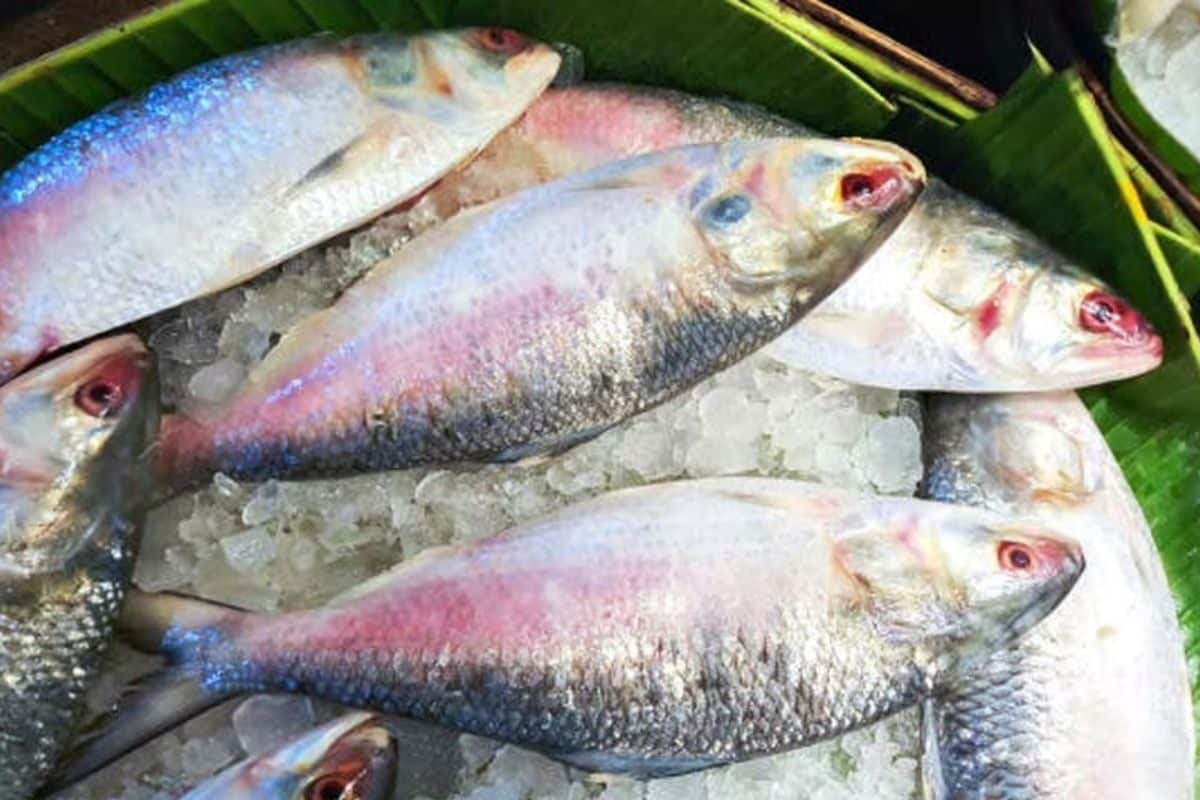100 grams of hilsa contains 21.8 grams of protein. It contains a large amount of omega-3 fatty acids.
Hilsa fish, also known as ilish, is a fatty oily fish that is Indigenous to Bengal and is the national fish of Bangladesh. It is difficult to find a Bengali who hates hilsa fish. It is a staple diet for many residents of West Bengal and Bangladesh. Hilsa fish has a lot of nutritional value. However, some people should avoid this fish as it increases cholesterol and sugar in the blood. Let’s take a look at some of the advantages and side effects of Hilsa fish.
Hilsa Fish Advantages
100 grams of hilsa contains 21.8 grams of protein. It contains a large amount of omega-3 fatty acids. Hilsa contains minerals like calcium, magnesium, and iron. Hilsa fish is high in saturated fat. Therefore, it helps in controlling the blood cholesterol levels. Omega-3 fatty acids also help in blood circulation.
Hilsa fish also helps in relieving joint pain. It also keeps your eyes healthy. Hilsa fish is rich in vitamin A, which helps in curing night blindness. The Omega-3 fatty acids in hilsa also play a huge role in improving brain function.
Nutritionists claim that children who have asthma can benefit from eating hilsa fish. It helps in the brain development of children. Nandigram Block 1 Fisheries Officer said that hilsa fish has a lot of nutrients. Hilsa contains mineral salts. Some of them are calcium, magnesium, and iron. “Hilsa is also a source of vitamin A. Eating hilsa relieves many diseases. It also keeps your lungs healthy. The nutritional value of hilsa can reduce mental fatigue.” said Nandigram Block 1 Fisheries Officer.
Hilsa Fish Side-Effects
Experts believe those with allergies or gas problems should stay away from hilsa. According to Allergy and Asthma Network India (AANI), in many people, eating hilsa can cause breathing problems, hives, runny nose, constant sneezing, stomach cramps, skin irritation, and boils.
Hilsa contains a little more cholesterol than other fishes. Therefore, patients with high cholesterol should avoid eating hilsa. You can eat 100 grams of Hilsa per month.
Nutritionists believe that diabetic patients should not eat hilsa. Blood sugar levels can spike. If the HBA1c level is above 6.5, then you must avoid Hilsa fish. For those having HBA1c is 6.5 or below, one should eat 200 grams of hilsa per month.

